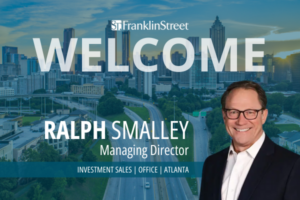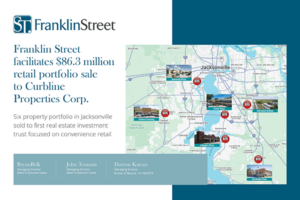Atlanta, GA—Replacement cost levels on insurance policies are at an all-time high. Asset values and policy limits continue to slowly increase, causing overall premiums to grow significantly. So says Michael Shadeed, a director of Insurance Services at Franklin Street.
Replacement cost—pure construction cost to rebuild a structure from a clean piece of dirt to full usage—includes the hard and soft costs of new construction. Shadeed warns there are more strict insurance requirements today, which is part of what is driving rates higher.
“In the past, there weren’t analysts to review insurance policies, so mortgage brokers typically did the review,” Shadeed tells GlobeSt.com. “Today, lenders are using more consultants or third-party groups, and a lot of times they recommend maximum coverage—if there was uncovered loss after an accident, the consultant would be the first with a lawsuit.”
If owners purchase properties a few times a year, he continues, it’s important to do the due diligence when underwriting the acquisition and to ask for updated values. Waiting to find out current rates and making offers using old rates can impact the transaction.
Shadeed offers a prime example: For an apartment deal in Atlanta, if data is used from two years ago to anticipate the replacement costs, the actual rates could come in at 30% higher. It’s easy to see how that kind of increase could kill a transaction.
“Replacement cost is driven by multiple factors, which increase the older the property gets,” Shadeed says. “For a new property, you can look at what was spent to build it, but for properties built in the 70s, for example, there are different building codes, zoning and architectural plans that have to be taken into consideration. The older the building is, the more non-pure construction costs are involved.”
Be sure to come back tomorrow morning to read part two of this interview. Shadeed will discuss which market are getting hit hardest and what he expects to see going forward. Download PDF



